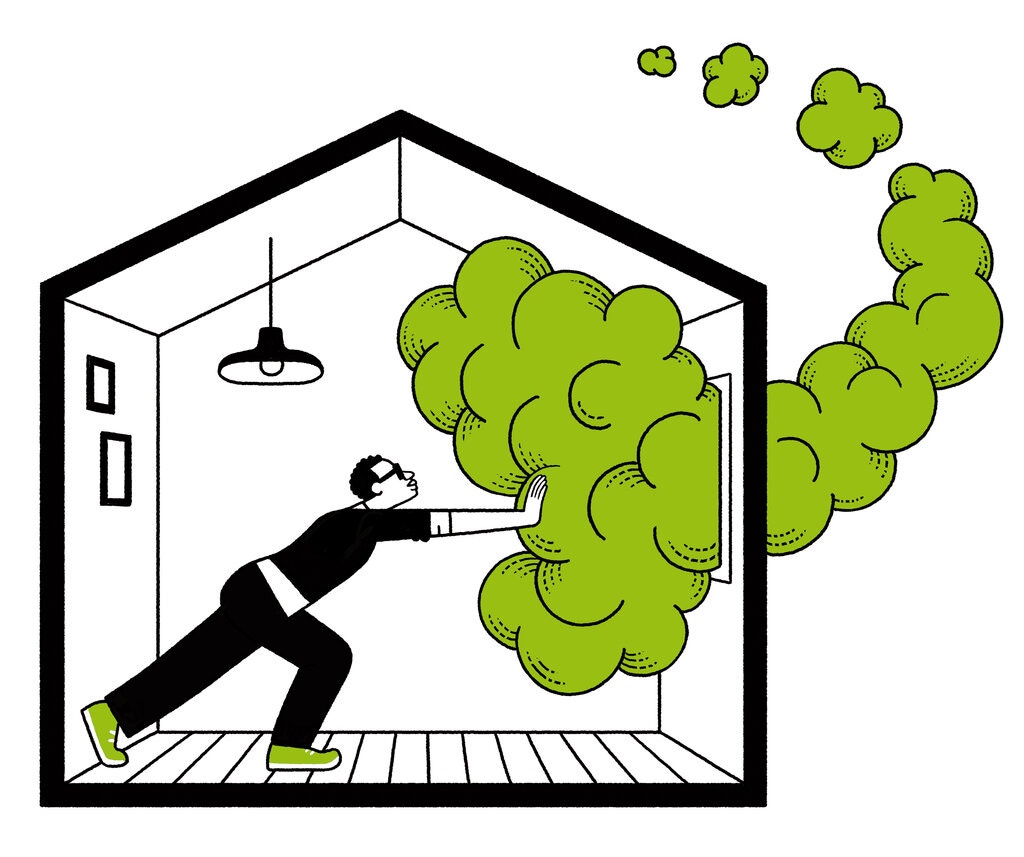
What is Indoor Air Quality ?
Indoor air quality (IAQ) is the air quality within and around buildings and structures. IAQ is known to affect the health, comfort, and well-being of building occupants. Poor indoor air quality has been linked to sick building syndrome, reduced productivity, and impaired cognition (yes, you can actually become more stupid !).
Common indoor air contaminants include:
- Particulates: cigarette smoke, candle burning, wood smoke from fireplaces
- Allergens: skin flakes, pet dander, mold spores, mite proteins, radon
- Pollen: plant matter, grass, hay, trees
- Pathogens: bacteria, influenza, viruses
- VOC: volatile organic compounds: benzene, ethylene glycol, formaldehyde, methylene chloride
The World Health Organization states that particulate matter in the air can penetrate deep into the lungs and enter the body systematically, affecting the cardiovascular and other major organ systems. Chronic exposure to particulate matter leads to increased risks of premature mortality from heart attack, stroke, respiratory infections, and lung cancer.
The Environmental Protection Agency (EPA) warns that “studies of human exposure to air pollutants indicate that indoor levels of pollutants may be two to five times — and occasionally more than 100 times — higher than outdoor levels.”
VOC’s
- Volatile organic compounds (VOCs) are emitted as gases from certain solids or liquids. VOCs include a variety of chemicals, some of which may have short- and long-term adverse health effects. Concentrations of many VOCs are consistently higher indoors (up to ten times higher) than outdoors. VOCs are emitted by a wide array of products numbering in the thousands.
Organic chemicals are widely used as ingredients in household products. Paints, varnishes and wax all contain organic solvents, as do many cleaning, disinfecting, cosmetic, degreasing and hobby products.
Nitrous Oxide and Carbon Monoxide
Gas combustion produces PM2.5 (one of the deadliest air pollutants) — research suggests gas cooking produces about twice as much PM2.5 as electric cooking. It also produces nitrous oxides (NOx), including nitrous oxide (NO) and nitrous dioxide (NO2), carbon monoxide (CO), and formaldehyde (CH2O or HCHO). All of these pollutants are health risks if not properly managed.
Stay tuned for solutions to improve indoor Air Quality just in time for winter !
